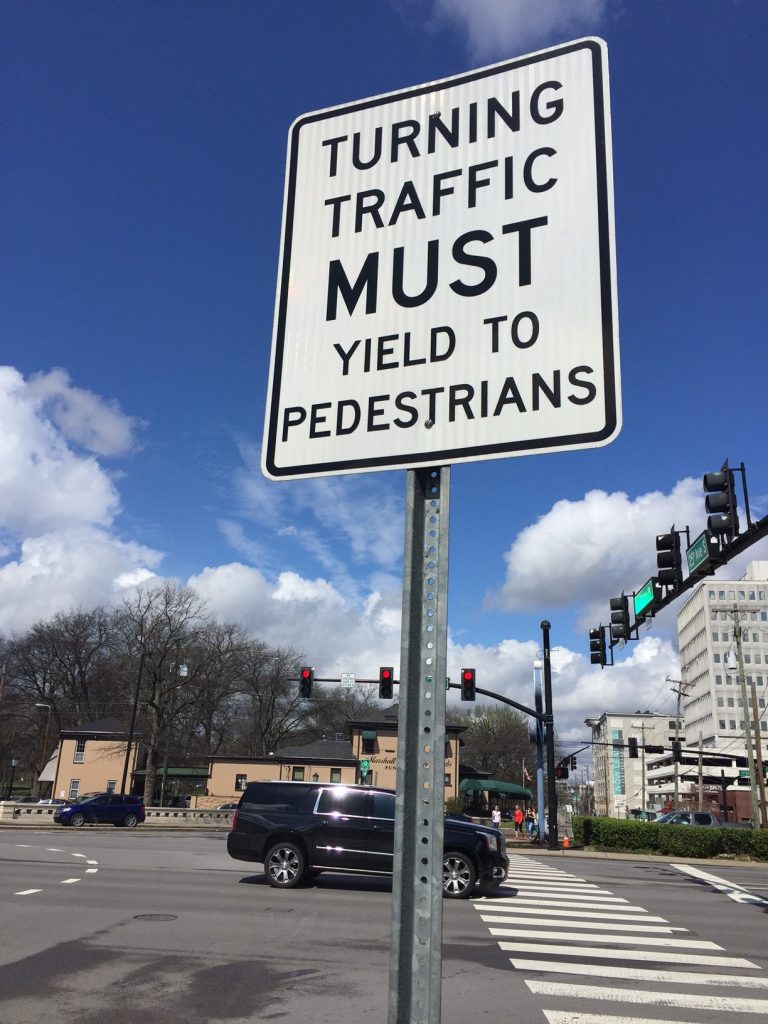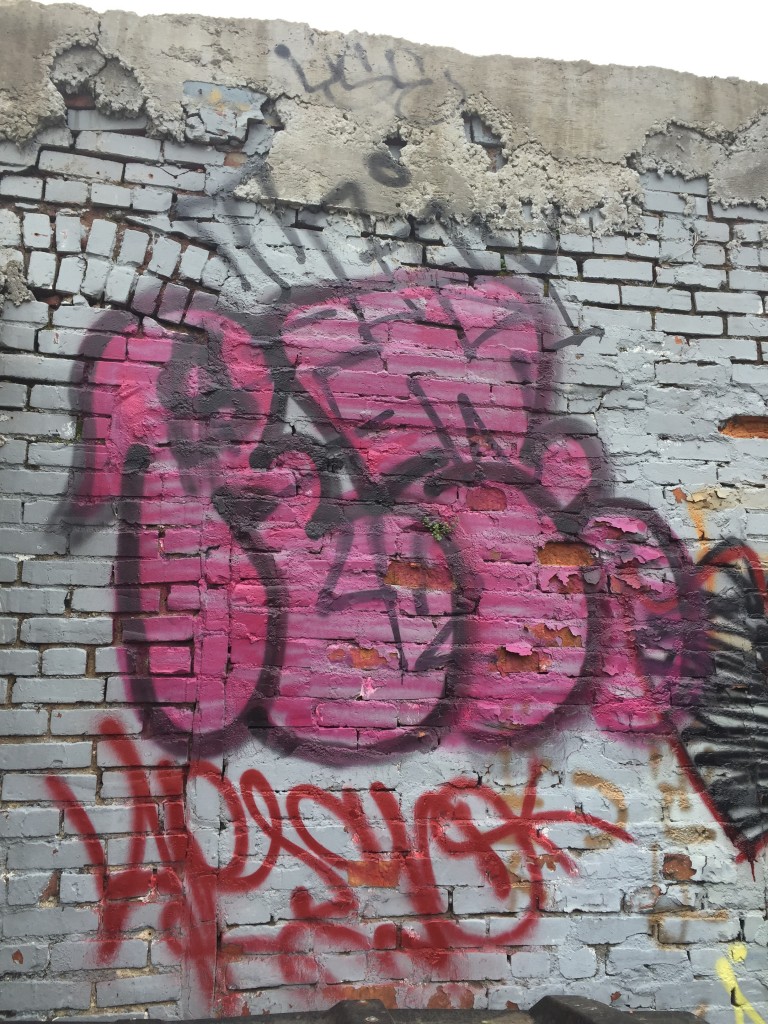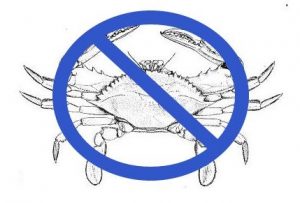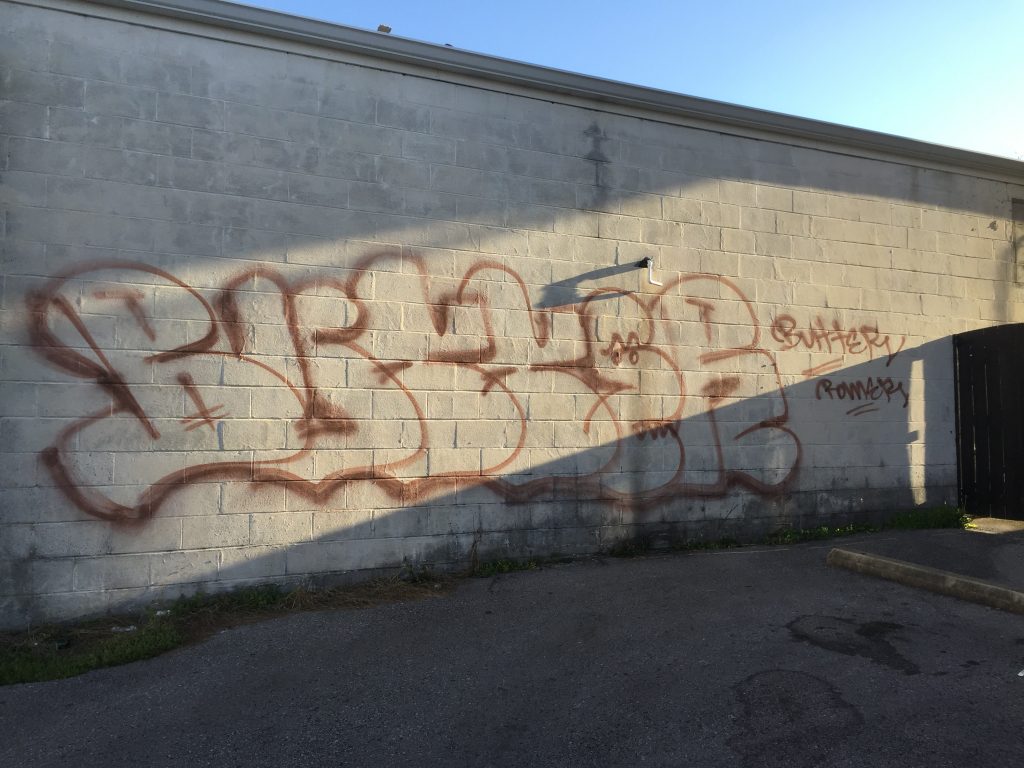Liebster? I Hardly Know Her.
So I’ve been given a Liebster Award by the funny and cringeworthy half a 1000 miles, an award which, from my extensive research, is usually given to new bloggers. That’s kind of funny to me because I’ve been doing this for more than twenty years. I’m thankful and would like to thank everyone, and fortunately part of the award includes a list of questions so I’ll just move on to that before the orchestra starts to play me off.
- How did you arrive at the name for your blog?
It really started in 1995 with email. I wanted to forward something funny to a group of friends and I discovered I could create and name a distribution list. “Freethinkers” were a 19th century group I read about in a Mark Twain book and I just kind of liked the name. And some of my friends wanted to remain anonymous, so I called the list “Freethinkers Anonymous”.
- If all forms of the name had already been taken, what was your second choice?
After twenty-one years of doing this I have absolutely no clue. There are a few places where “Freethinkers Anonymous” has been taken and I have to struggle to come up with something else.
- If one day your blog took off, and merely by mentioning and recommending someone else’s blog, they too could become famous, what blogs would you “bring up in the elevator” with you? (I have already thought about this and know my answers, ha).
If I won an Oscar I’d begin my acceptance speech with “I’m sure I’m forgetting someone”. There are a lot of talented, funny bloggers out there I’d love to “bring up in the elevator” but I don’t want to presume that they want to come along for the ride. What I’d like to know is what their goals are and then grant them one wish. Want to publish a book? Quit your day job? Become internet-famous? Ann Koplow, who writes a funny, thought-provoking daily blog has said she’d like it to show up in WordPress’s Freshly Pressed list, although they’ve now replaced “Freshly Pressed” with Discover which sounds a lot more mundane and even overused, but that’s another story. I wish I could help make that happen.
Edited to add:
Blogger Chuck Baudelaire has written a children’s story about monkeys and needs an illustrator. Shawna at No Trade Jack could use more time to create art. Gilly at Anything Except Housework has written movingly about forgotten people and history that desperately needs to be preserved and celebrated. What would Gina at Endearingly Wacko like? A trip back to Russia? This is just a handful of bloggers whose wishes I could help.
- What do you wish your non-bloggy friends knew about blogging?
That they need to drop in at least once a day so my stats go up. Hahahaha!
- What is your favorite TV show of all time?
That’s like asking “What’s your favorite food?” You’re gonna get tired of crème brulee if you have it all the time. I’m a big Doctor Who and Star Trek fan, but I also love the original Twilight Zone. Yeah, I’m a big geek.
- What is your own personal favorite of your own blog posts, and why?
One I wrote about Stephen Hawking and his dire warning about aliens. It’s not the best thing I’ve ever written but it’s ridiculous and silly and meandering and then–spoiler alert!–takes a deadly serious turn. I like to surprise people like that. I just can’t do it every time because then people would expect it.
- Rate these in order of what you don’t have enough of right now: Sleep, Peace, Money, Time, Love.
Time, Money, Sleep, Peace, Love. The things that come first are the things I have the least of, right?
- What was the hardest part about your first year of blogging?
I started off forwarding stuff other people had written. I enjoyed making friends laugh by sharing funny things but I always hoped to write something original that was as funny as what somebody else had written. I still feel that way.
- Where did you spend most of your life, and where are you now?
I’ve spent most of my life in Nashville, Tennessee, which is exactly where I’ve ended up when I’m not tramping through the Sri Lankan jungle or sailing across the Pacific.
- What is a “big” blog that you enjoy?
BoingBoing is a newsblog where I may spend too much time. I’ll say to my wife, “I read an article…” and she’ll say, “…on BoingBoing.” But there’s always interesting stuff there and a great community of commenters–some of whom have found their way here which is a huge thrill for me.
- I am all about bloggers helping other bloggers. Help us help you. If someone wanted to show your blog some love, what would be your preferred method — a Facebook share? Sharing on Twitter? Subscribing to your blog? Commenting on your blog? Submitting your posts to Stumbleupon? Or something else? Let’s all read their answers and try to make that happen.
Comments. I love getting comments. This blog used to be a website. I wrote the content and would email it but an incredibly nice guy named Scott MacLean did all the maintenance, archiving and adding the stuff I wrote on a regular basis. There was no interaction, though. I never got any feedback other than a handful of emails that said, “You suck!”
After I had a bout with cancer I wrote a piece that prompted another friend to say, “You should open up the site for comments.” Scott did an incredible job transferring all the content to WordPress then handed me the keys. And now there’s a comment section where people can discuss how much I suck.
The best part of comments is I get other peoples’ perspectives and also their stories, and that’s what I’m all about. The great thing is that behind every story there’s another story.
Now here’s where I bend the Liebster Award rules which specify that I’m supposed to pass it on to [number] people. And there are so many I would like to recognize but I also don’t want to saddle them with the responsibility. I think of a person’s blog as being like their home. They get to choose how to decorate it and I don’t want to barge in and say, “I know this doesn’t match your decor but put it in your front window!”
Is that wrong? Is it a cop-out? Why is it called a cop-out and why does no one ever say they’re gonna cop-in? The comments section is open. You know what to do.












